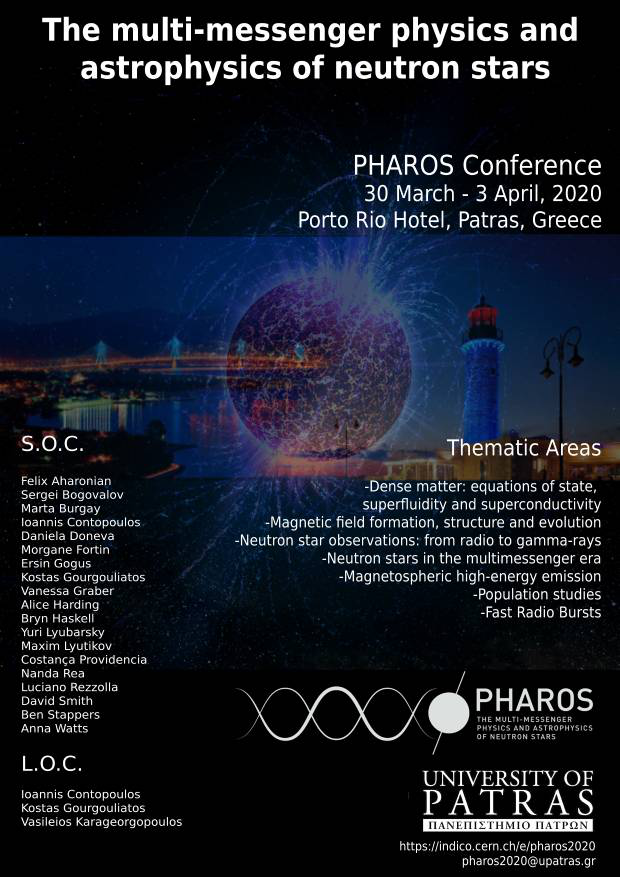Speaker
Description
Transitional millisecond pulsars (tMSPs) are a class of neutron star binary where the system is observed to transition between a rotation-powered pulsar state and an accretion-powered low-mass X-ray binary (LMXB) state, each lasting for several years. As such, tMSPs present a unique opportunity to unveil the mechanics of binary evolution, linking the two distinct populations of binary MSPs and LMXBs, as well as being an excellent astrophysical laboratory to study accretion on human timescales. We present new high time-resolution, multiband optical photometry of two tMSPs, PSR J1227-4853 and PSR J1023+0038 in their rotation-powered pulsar states, and discus our numerical modelling of their light curves using the Icarus code. Both sources show significant, colour-dependent asymmetries in their light curve, the cause of which is not fully understood. We have extended the Icarus model to account for this asymmetry and better constrain the orbital parameters of the systems. In particular, we focus on the measurement of their companion’s Roche lobe filling factor, as changes in the size of the star are likely connected to the mechanism triggering the onset of the Roche lobe overflow seen in the accreting state.

